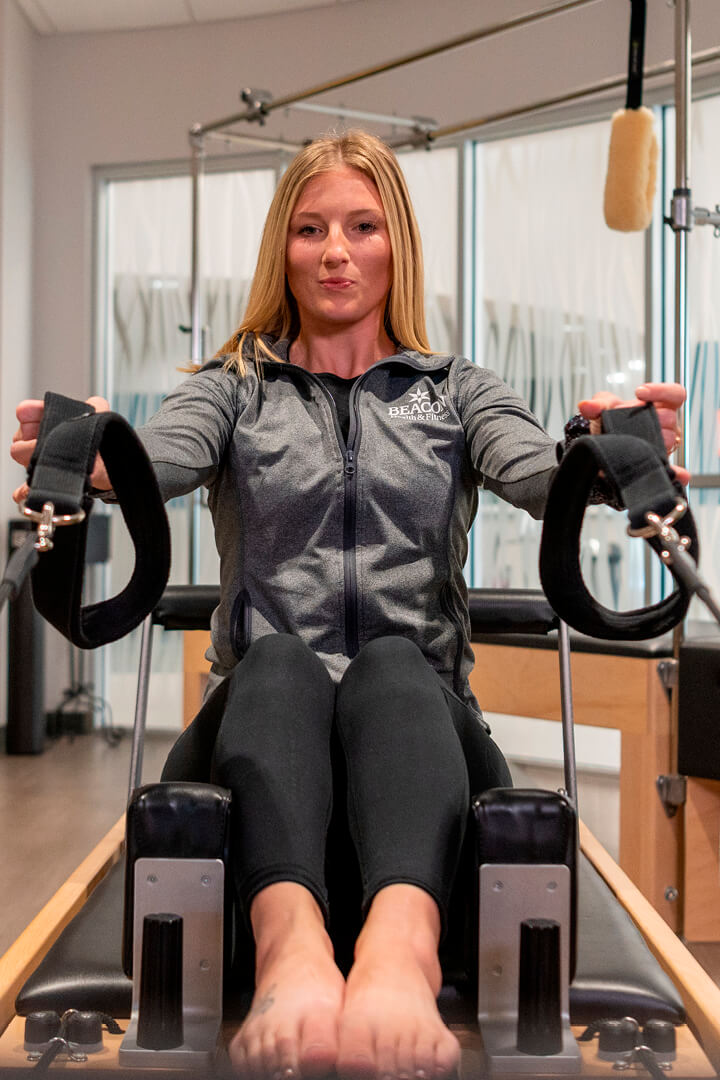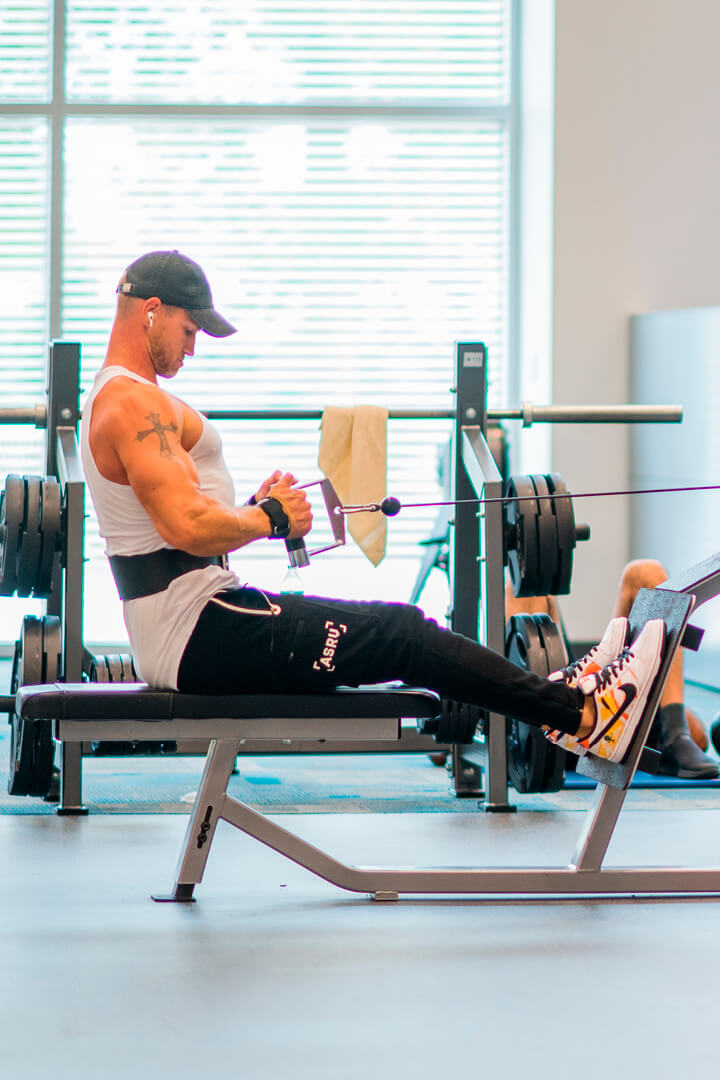[vc_row css_animation=”” row_type=”row” use_row_as_full_screen_section=”no” type=”full_width” angled_section=”no” text_align=”left” background_image_as_pattern=”without_pattern”][vc_column][vc_column_text]The joke in Chicago is that there are just two seasons—construction season, and winter. In our area, we like to think of two seasons as well—running season, and winter (with a tip of the cap to those who run outdoors all winter long!). With spring finally here, and running season in full bloom, one of the important things to understand as a runner is when to push through pain, and when you need to stop.
I see a lot of running injuries, from simple aches and pains, to overuse fractures and breaks, and knowing when to “push through” is often a challenge for runners.
Below are some good guidelines I learned many years ago—
- If the pain starts early, but goes away as you run, then you can try and run through the pain
- If the pain starts and remains the same throughout a run, it is smart to back down on the intensity and distance of the run
- If the pain starts early, and then worsens in a run, it is smart to just stop and see a physician
Why? Generally, the more serious injuries are those which interrupt the normal process of motion, so when those happen, the pain is going to get worse while you are performing that motion. If there is a weakening of a structure that can’t handle the normal load of activity, it will cause pain, but this may not worsen, and it would be most beneficial to back down slightly to let it recover. If there isn’t any disruption of the normal process of motion, then the pain most likely is temporary and can be worked out over time without changing activity.
Remember to start slowly with your running program and allow for plenty of rest between runs as you work your way into full swing. Build up slowly, starting with distance, then working on speed. Remember to consult your doctor if a pain is getting worse, the sooner the better. Before you can reach the finish line, we’ve got to get a healthy you to the starting line!
To schedule an appointment with Dr. Messmer, please call (574) 647-2677[/vc_column_text][/vc_column][/vc_row][vc_row css_animation=”” row_type=”row” use_row_as_full_screen_section=”no” type=”full_width” angled_section=”no” text_align=”left” background_image_as_pattern=”without_pattern”][vc_column][vc_empty_space][/vc_column][/vc_row][vc_row css_animation=”” row_type=”row” use_row_as_full_screen_section=”no” type=”full_width” angled_section=”no” text_align=”left” background_image_as_pattern=”without_pattern”][vc_column][button target=”_self” hover_type=”default” text=”Click here to read more about Sports Medicine” link=”https://www.beaconhealthsystem.org/beacon-health-fitness/category/sports-medicine”][/vc_column][/vc_row]





